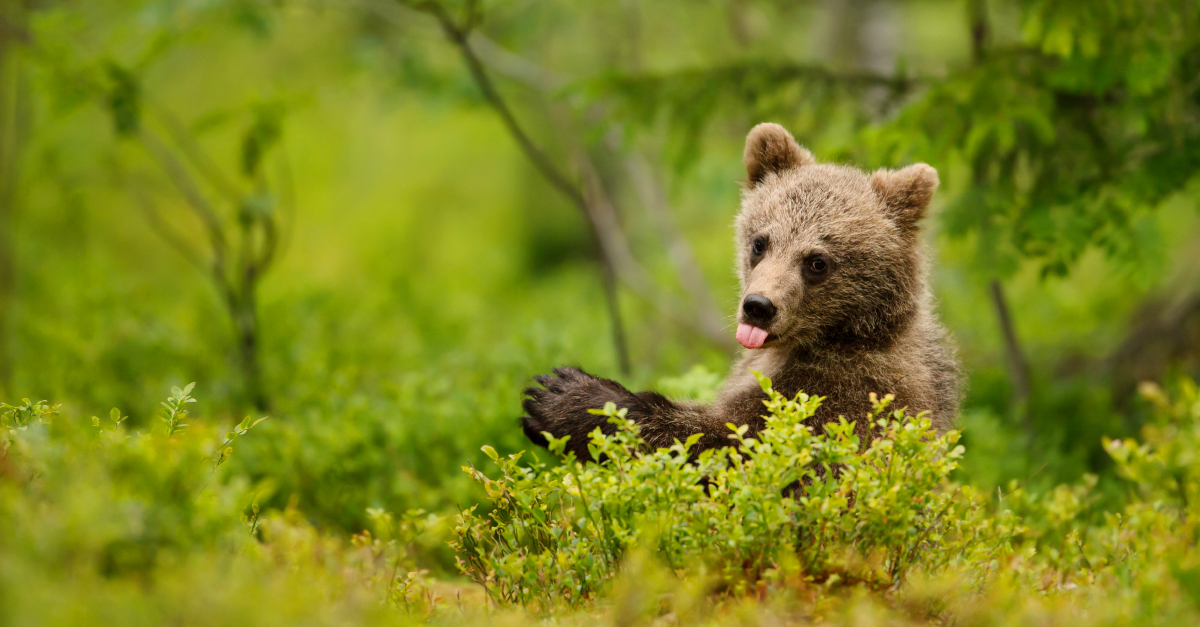
The Global News headline would have you believe we’re witnessing an epidemic of outdoor enthusiasts being mauled by grizzlies: “Concerns raised over ‘geocaching’ after man attacked by grizzly bear.” But geocaching, like many other outdoor activities, is perfectly safe, when a bit of wildlife knowledge and common sense is applied.
(The individual involved in the “attack” reported on by Global News was treated for “non-life-threatening soft tissue injuries,” and an expert suggested he may have startled the bear, who acted defensively.)
Geocaching is an outdoor adventure/treasure hunt. Around the world, “cachers” make containers to hide, listed on one of several websites, along with clues and coordinates. Within the container (a cache) is a logbook for finders, and at times trinkets, coins, or items that can be tracked and moved from location to location. Geocachers then head out, typically armed with a GPS device, to locate caches and sign the logs, and add to their list of “finds.”
It is a wonderful, non-consumptive outdoor activity that appeals to all generations. And there isn’t much difference between geocaching or hiking, nature photography, or any of the dozens of other things recreationalists love to do in the great outdoors.
Following general wildlife safety tips such as wearing noise makers to let animals know you’re nearby, carrying bear spray in appropriate circumstances, and following the rules of any natural space you’re in (such as restrictions to certain trails, closures, warnings and so on) will keep all outdoor enthusiasts, and the local wildlife, safe.
monthly donor(for as little as $10/month – the cost of two lattes) pleaseclick hereand help us save lives today.

